Research on the Farm
Field Day and Meeting Presentations
The presentations provided below are courtesy of the Flickner Innovation Farm partners, and are for informational purposes only. Please do not republish or distribute these presentations or portions of them without permission. To request permission, contact KCARE or the individual partner. If a presentation is not linked, that means that it is not currently available.
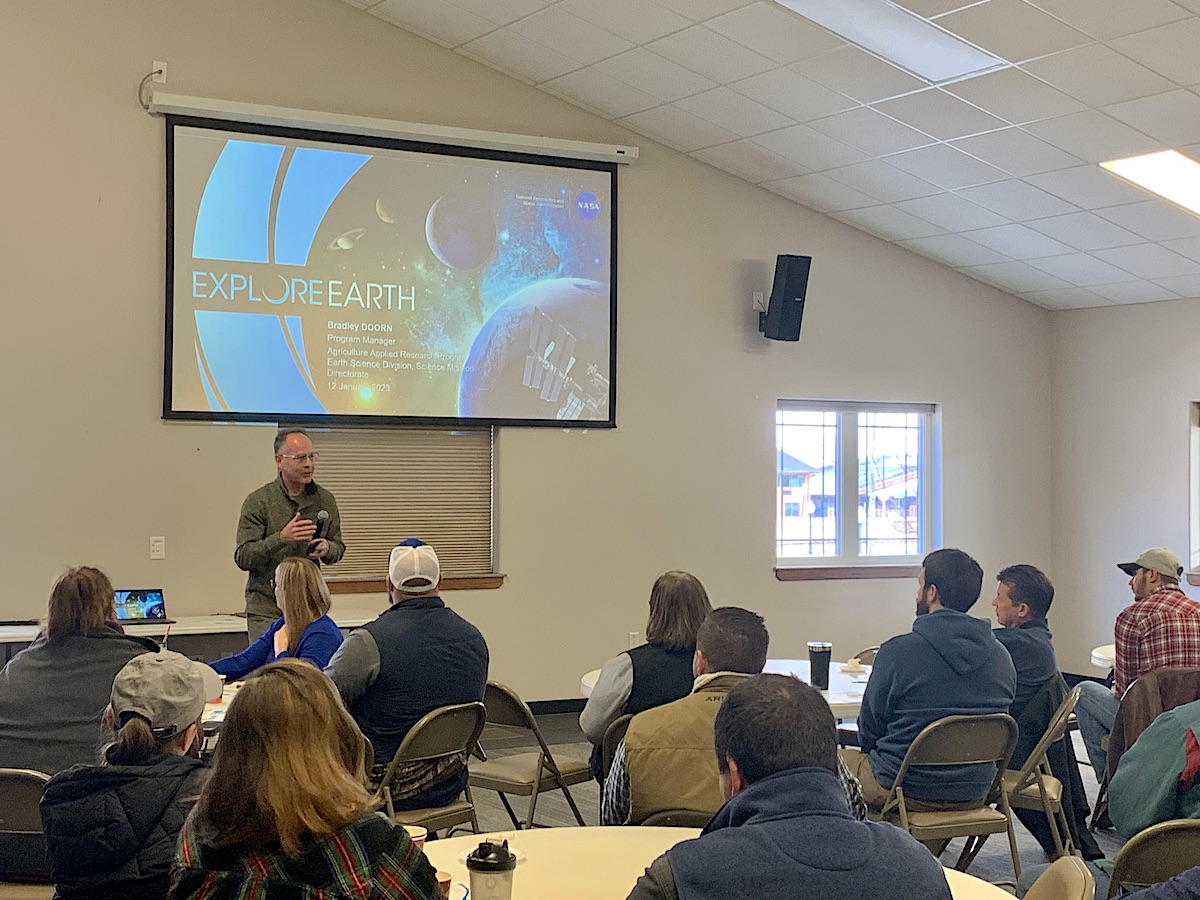
January 2023 Winter Meeting, Inman, Kansas
A summary of long-term irrigation management at the Flickner Innovation Farm
Mapping soybean protein and oil quality in farmer fields
How NASA uses data and satellite imagery to benefit farmers
Using the Kansas Mesonet and other data for farm management
How cover crops affect soil health
Groundwater nitrate dynamics at the Flickner Innovation Farm
August 2021 Field Day, Moundridge, Kansas
Herbicide off-target movement handout
Cover crops for weed management handout
Mobile Drip Irrigation (MDI) handout
January 2020 Workshop, Inman, Kansas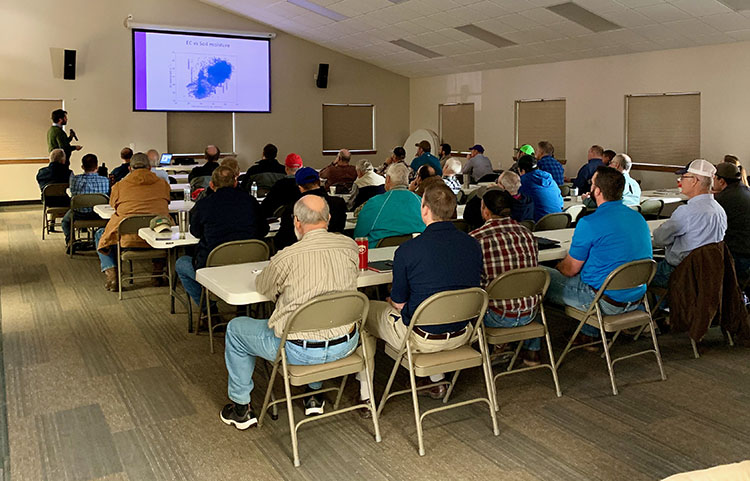
Overview of the Flickner Innovation Farm and 2019 Observations
Overview of the Goering Water Technology Farm and 2019 Observations
Placement of Soil Moisture Probes
2019 Water Use Efficiency Results
Surface Drip and PDMI to Reduce Water Use
2019 Nutrient Study Results and Soil Health Testing
Measuring N and P Losses in Surface Water Runoff
Correlating Grain Protein and Soil Nutrients
August 2019 Field Day, Moundridge, Kansas
Using Cover Crops for Weed Suppression
Techniques for Healing Gullies
Research Projects
Changes in soybean seed composition
In past decades, breeding increased soybean yield potential. This KSRE publication explains that, unfortunately, yield improvement has been linked to a reduction of seed protein concentration. Because amino acids are the building blocks of protein, this study's experiments were designed to evaluate how amino acids decreased over time, and if a high-nitrogen environment could alter protein or amino acid changes with yield improvement.
Soybean management for seed composition: the perspective of U.S. farmers
In this study, published in Agronomy Journal, evaluated farmers' perspectives and knowledge on soybean quality and their propensity to adopt quality improvement technologies.
Current status and future opportunities for grain protein prediction using on- and off-combine sensors
In this study, published in Remote Sensing, researchers discussed sensor choice in regard to previously identified uses of a GPC (crop grain protein concentration) layer in GIS mapping systems, and further proposed new uses with remote sensors including same season fertilizer management for increased GPC, and in advance segregated harvest planning related to field prioritization and farm infrastructure.
Interactive soybean variable-rate seeding simulator for farmers
This article in Agronomy Journal introduces the soybean variable-rate seeding (VRS) simulator, an interactive web-tool designed to facilitate VRS decisions. The simulator generates variable rate seeding recommendations by aggregating and classifying historical soybean yield maps using either yield level (low, medium, or high) or temporal yield stability (stable or unstable) classes, and estimating the difference between the farmers current uniform seeding rate and the optimal seeding rates calibrated for different yield environments of the U.S. Midwest region.
Historical trend on seed amino acid concentration does not follow protein changes in soybeans
The aim of this research, published in Scientific Reports, was to determine the genetic shifts of seed composition for 18 amino acids in 13 soybean genotypes released between 1980 and 2014. Additionally, the effect of nitrogen (N) fertilization on protein and amino acids trends were tested.
Winter wheat light interception measured with a quantum sensor and images
This study was published in the Agronomy Journal and used a linear quantom sensor and a camera to collect on-farm observations. These were used to evaluate the use of the fration of green canopy cover as a surrogate for LI in wither wheat canopies.
Calibration and validation of soil water reflectometers
Published in the Vadose Zone Journal, this study tested soil water reflectometers to quantify the sensing volume of specific sensors, evaluate common univariate and multivariate calibration modeals, and assess the implications of using uncalibrated sensors.
Predicting rootzone soil moisture from surface observations in cropland using an exponential filter
Published in the Soil Science Society of America Journal, this study tested the skill of an exponential filter to estimate rootzone soil moisture conditions from a time series of near-surface soil moisture observations.
A soil moisture-based framework for guiding the number and location of soil moisture sensors in agricultural fields
This article, published in the Vadose Zone Journal, evaluates a quantitative framework based on soil moisture-based management zones (MZs) to determine the minimum number and tentative deployment location of soil moisture sensors (SMS).
Evaluation of soil parameters after long-term subsurface drip irrigation under minimum tillage system
This research study, published as a Kansas Agricultural Station Research Report, evaluates soil perameters after the long-term use of sub-surface drip irrigation under no-till, with the use of high pH irrigation water.
On-farm assessment of AquaSpy soil moisture sensors for irrigation scheduling
This Kansas Agruciltural Experiment Station Research Report aimed to compare a commercially-available radio-frequency spectroscopy soil moisture sensor with an array of calibrated research-grade soil water reflectometers in a no-till irrigated corn field.
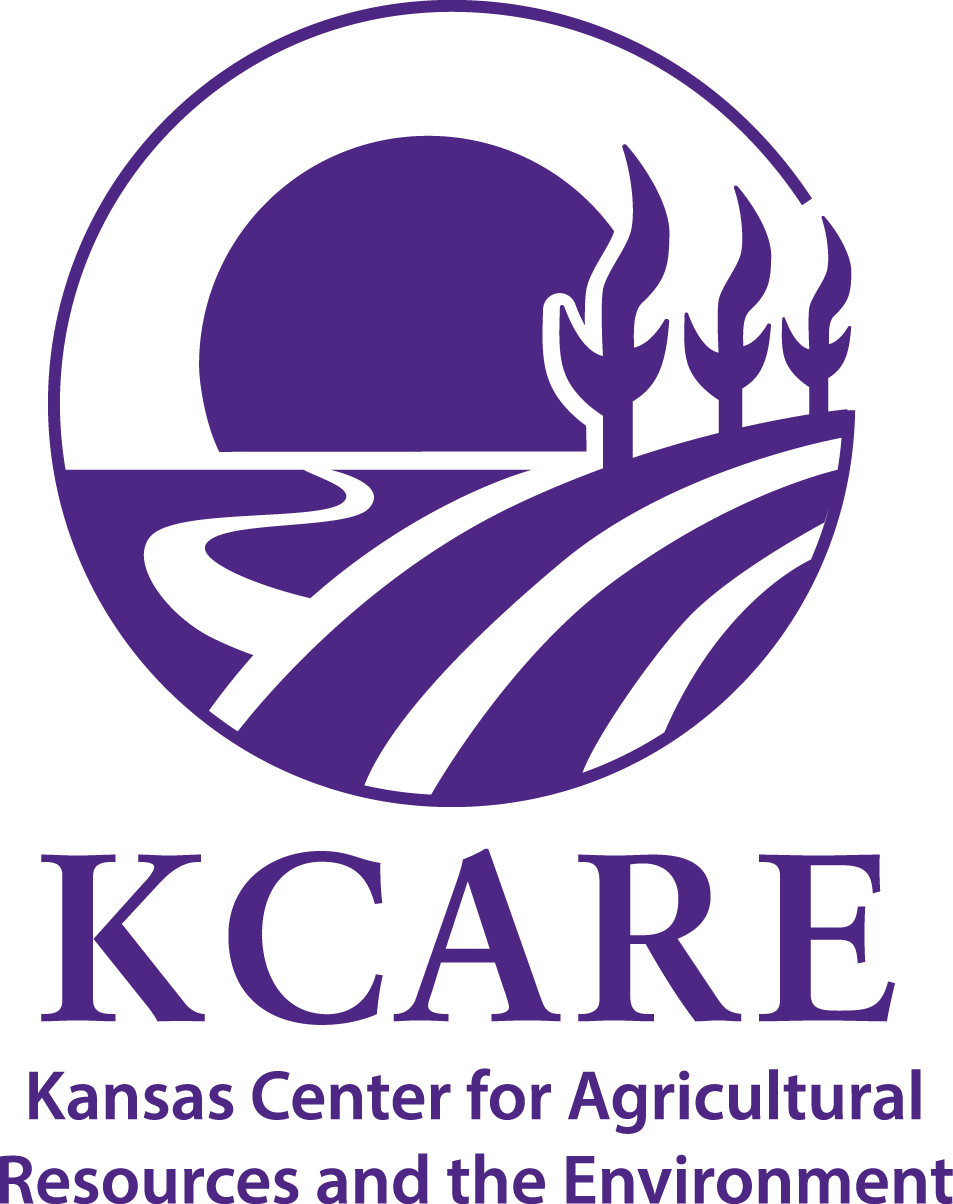
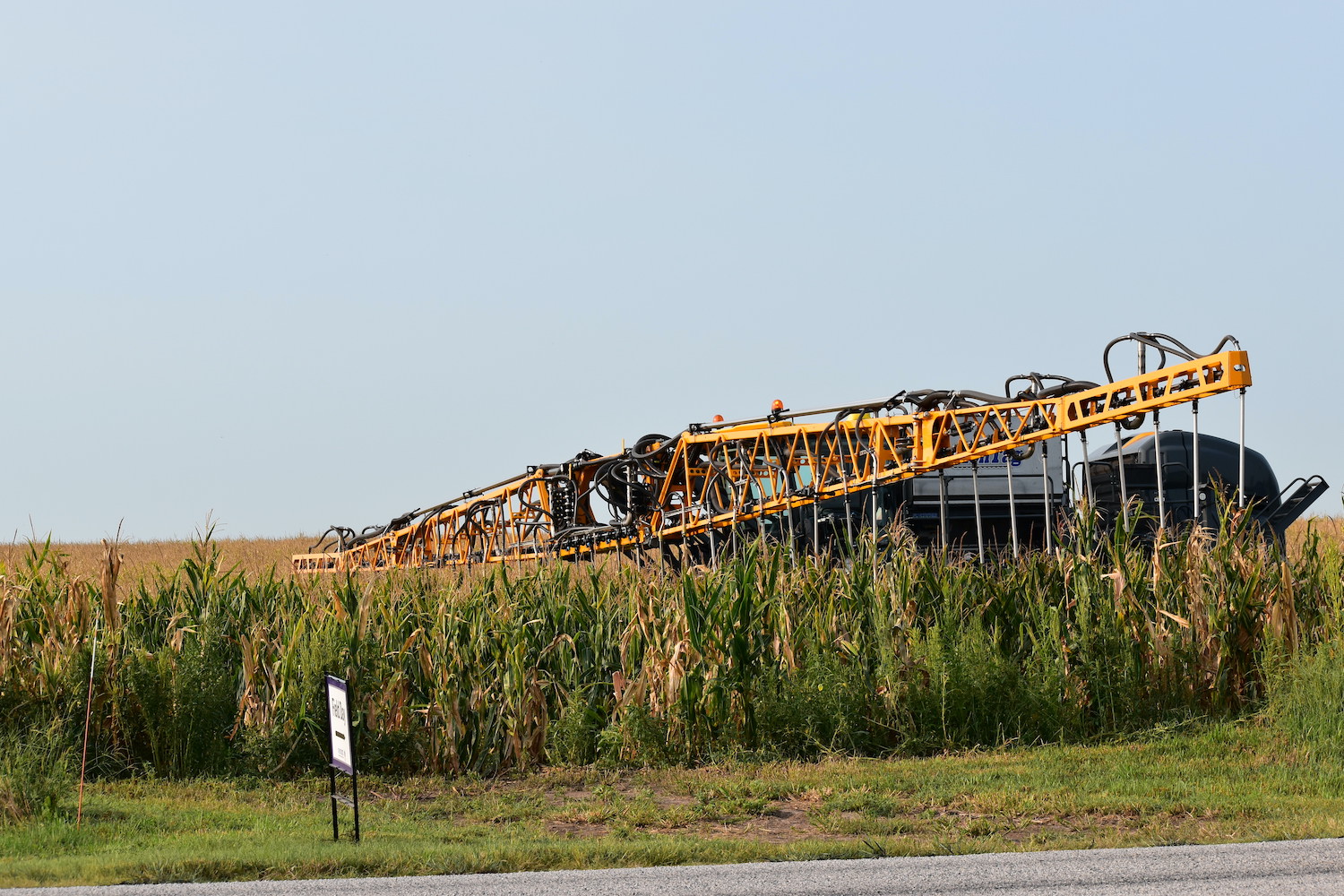
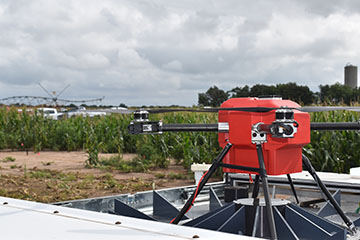 UAS Imagery Technology
UAS Imagery Technology